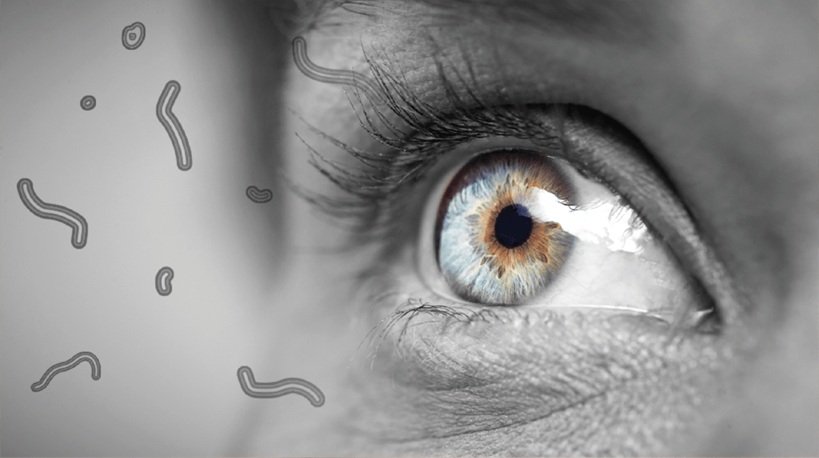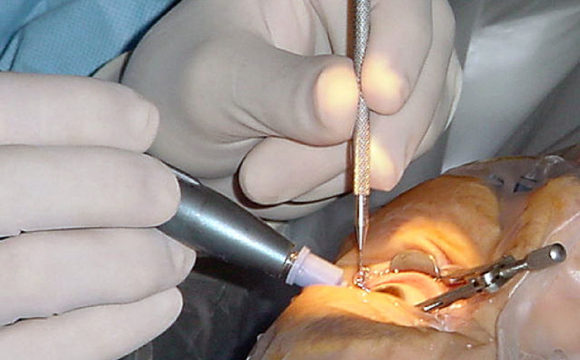Eye floaters represent visible debris within the vitreous gel that creates moving shadows on the retina, appearing as spots, threads, or cobweb-like shapes that drift across the visual field. These common visual phenomena result from age-related changes in vitreous structure, protein aggregation, and gel liquefaction processes that occur naturally over time. Maintaining optimal vitreous health becomes increasingly important as structural changes progress, though most floaters remain benign and require no treatment.
Vitreous gel composition
The vitreous humour comprises 99% water mixed with collagen fibres, hyaluronic acid, and various proteins, creating a transparent gel-like substance that maintains eye shape while allowing light transmission to the retina. This delicate balance of components provides structural support while remaining optically clear for optimal vision. Collagen fibres form a three-dimensional network throughout the vitreous, with hyaluronic acid molecules creating gel consistency and maintaining proper hydration levels. Various proteins, including opticin and versican, help organise this structure while maintaining transparency, essential for clear vision throughout normal ageing processes.
Protein aggregation processes
Floater formation begins when vitreous proteins start clumping together due to oxidative stress, glycation reactions, and normal ageing processes that alter protein structure and solubility. These aggregated proteins become large enough to cast shadows on the retina, creating visible floaters that move with eye movements. Protein clumping occurs gradually through cross-linking reactions, denaturation processes, and accumulation of damaged proteins that cannot be efficiently cleared from the vitreous space. Advanced glycation end products and oxidative damage contribute to protein aggregation, while inflammatory processes may accelerate these degenerative changes.
Age-related structural changes
Vitreous ageing involves progressive liquefaction, where gel consistency gradually breaks down, creating liquid pockets within the gel matrix that allow protein aggregates and collagen fragments to move freely and become more visible as floaters.
- Syneresis process causing gel contraction and liquid pocket formation within the vitreous structure
- Collagen fibre breakdown releases fragments that become visible as thread-like floaters
- Vitreous detachment creates larger floating debris when gel separates from the retinal surface
- Liquefaction zones allow increased movement of existing debris and protein aggregates
- Posterior vitreous separation creates ring-shaped floaters from the optic disc attachments
Structural changes typically begin in the fourth decade of life, progressing gradually while creating conditions favourable for floater development and increased visibility over time.
Pathological floater development
While most floaters result from benign ageing processes, some indicate severe conditions, including retinal tears, vitreous haemorrhage, or inflammatory conditions, requiring immediate medical attention and intervention to prevent vision loss or complications. Warning signs include sudden floater onset, flashing lights, peripheral vision loss, or floaters accompanied by pain or significant vision changes. These symptoms may indicate retinal detachment, vitreous haemorrhage, or inflammatory conditions requiring urgent ophthalmologic evaluation and treatment.
Management consideration factors
Floater management involves assessing visual impact, adaptation strategies, and treatment options ranging from observation to surgical intervention, depending on severity and functional impairment. Most floaters require only monitoring, while severe cases may benefit from specialised treatments.
- Conservative observation for mild floaters that don’t significantly impact daily activities
- Adaptation techniques, including eye movement exercises and visual adjustment strategies
- Lifestyle modifications reducing oxidative stress and supporting overall eye health
- Surgical options, including vitrectomy for severe cases, significantly impair vision quality
- Emerging treatments, including laser vitreolysis for appropriate floater types and locations
Management decisions consider floater severity, visual impact, patient age, and risk-benefit ratios for various treatment approaches while prioritising visual function and quality of life. While typically benign, Floater formation helps distinguish regular ageing changes from pathological conditions requiring medical intervention. The progressive nature of vitreous degeneration means floaters often increase with age, though most people adapt successfully to their presence without requiring treatment beyond regular monitoring and eye health maintenance.








